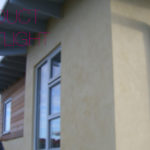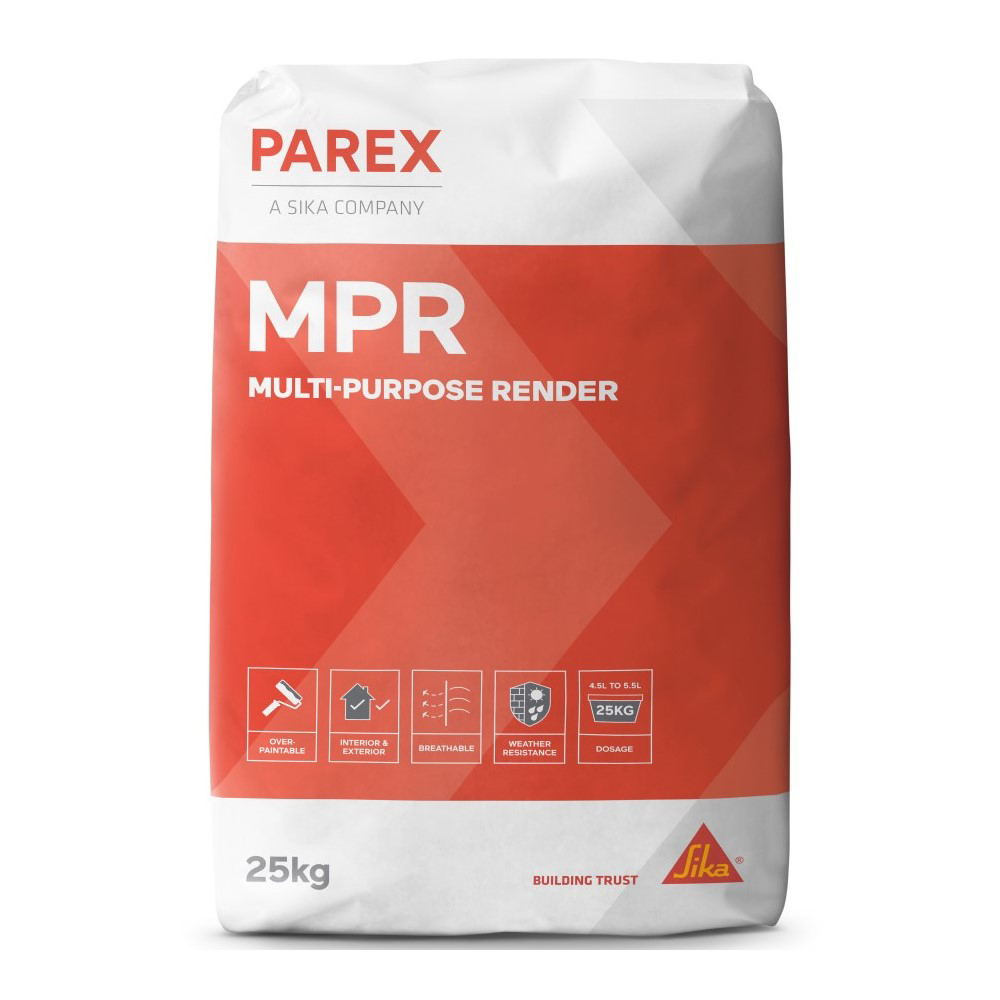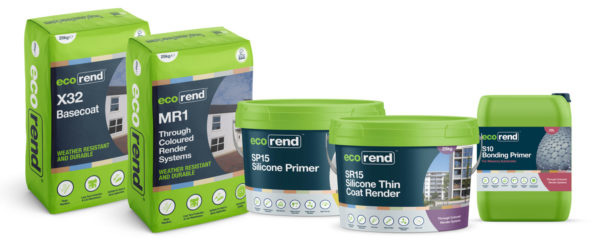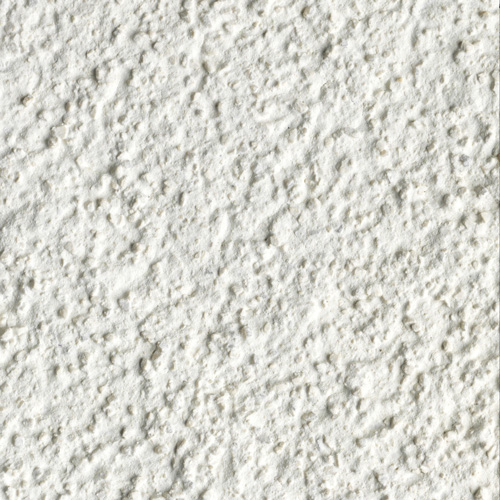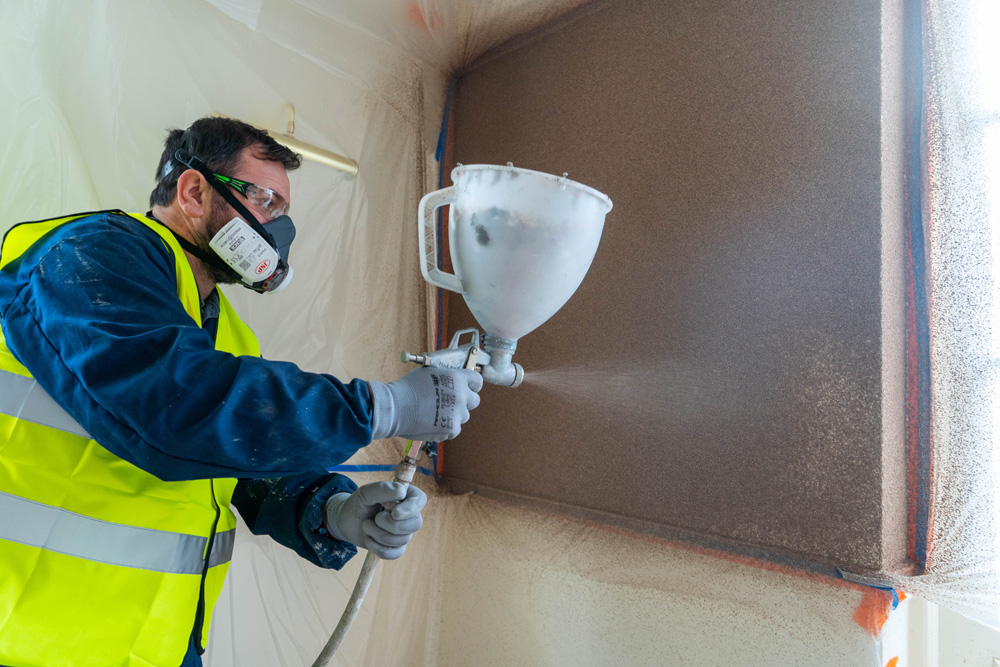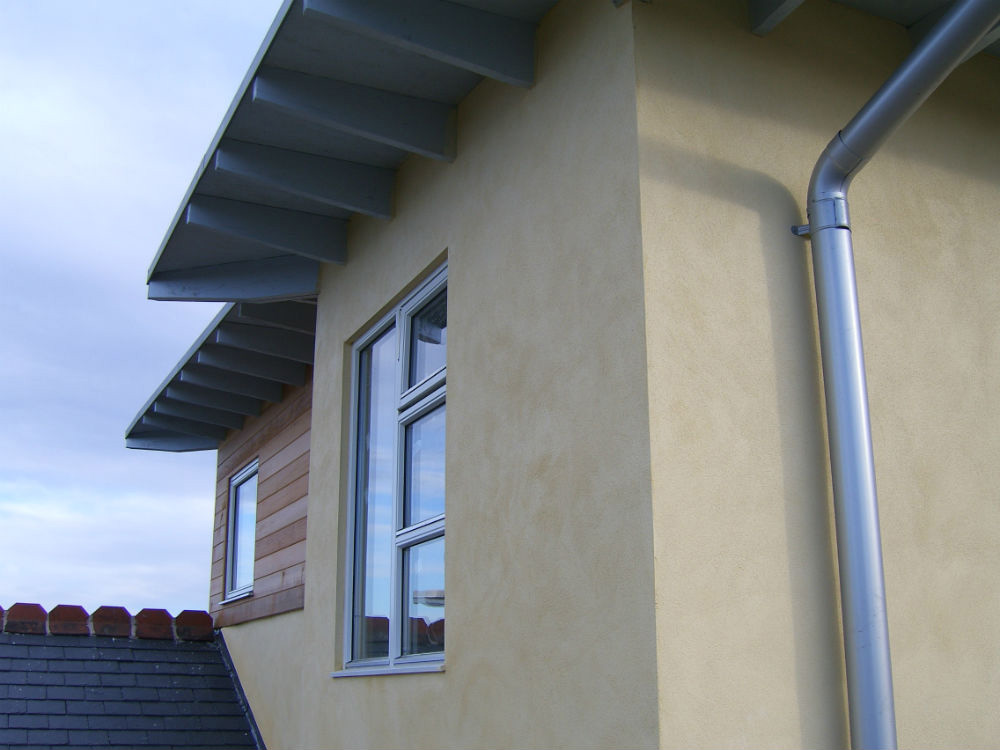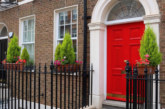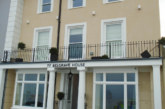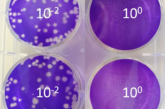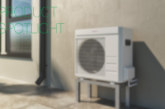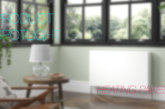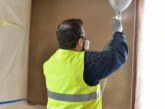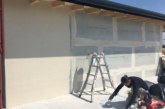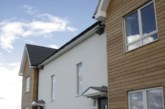Render is now a standard part of many housing developments and there is a wider range available than ever before. PHPD takes a look at some of the most common types of render to help you decide which is right for your building.
There are many reasons to apply a render to the properties you build. From the basic purpose of hiding an undesirable substrate to providing a minimalist aesthetic, reminiscent of the art deco era, a well-executed render can elevate a property in the eyes of a potential buyer.
Not only is the render the visual skin of a home, but it can prolong the life of a wall, reduce the maintenance needed and, used in conjunction with an External Wall Insulation system, can make for a warmer, more sustainable home.
Let’s take a look at some of the options available on the market.
Protective base coat
A building’s fabric will always play a critical role in both protecting occupants and regulating the indoor environment. A rendered finish will protect any underlying masonry substrate against wind, rain and the extremes of temperature and humidity. A good render will look great for longer and its durability will therefore reduce maintenance requirements. Parex is a render manufacturer with systems that can withstand the extremes of the UK climate, including all exposed coastline areas.
Parex’s Multi-Purpose Render is a weather resistant grey render suitable for internal and external walls as a base coat for receiving a decorative finish.
The render can be applied by hand or spray machines onto masonry and walls conforming to BS EN 1996 including blocks made from concrete, clay, aircrete, and expanded clay insulation as well as shuttered concrete, stone and brick.
Read: CCF’s guide to render choices
Long Lasting Colour
Eliminating the need to paint the surface and reducing ongoing maintenance, through coloured render features the colour throughout the thickness of the material.
Ecorend’s through coloured renders are traditional cement-based renders which have been polymer modified in order to enhance water repellence, breathability and adhesion. The pigment is preblended into the product so once mixed with water, and applied to the wall, the 15mm thickness of the render is coloured throughout the body of the material, thus reducing the need for subsequent painting.
They are formulated using the most advanced raw materials available in the world and are scientifically developed and rigorously tested to the most exacting standards. Not only are they designed to shield the building from weather, but they also add to the beauty of the design.
Thermal performance
Using a render system or an EWI system on the exterior of a home can be a great way to improve U-Values without reducing internal space.
Fassa Bortolo’s Thermobenessere is a heat insulating material, compliant with EN 998-1 and classified T-CSI-W1, applicable by machine in two coats, made using a hydraulic binder and high-density polystyrene aggregate. The render offers excellent thermal conductivity (λ= 0,050 W/mK). It features optimum adhesion and compatibility with any type of masonry; its formulation makes it easy to apply, even very thick and on old walls.
Read: Fassa Bortolo’s EWI render system
Thin Coat
Some renders are designed to act as a finishing layer, covering up thicker layers of render, sand and cement or an EWI system below. They are typically thin, flexible and easier to handle.
K-Rend’s Silicone Thin Coat coloured renders and primers are suited to lightweight systems such as External Wall Insulation. Silicone Thin Coat holds the prestigious kitemark licence to BS EN 15827:2009.
Silicone TC 05 is a ready to use organic resin render which is applied to provide a low maintenance textured finish. It is available in different textures and a wide variety of colours. The system adds insulating properties and allows the substrate to breathe, whilst also being very easy to handle.
Sustainability
There are literally hundreds of different types of render on the market, designed to match the hundreds of different substrates, climates and needs that will affect a builder’s choice. Sustainability will be a key factor for many builders.
Corksol is dedicated to the distribution of natural products which meet the needs of the housebuilder in an age driven by sustainability. The company prides itself on robust environmental credentials and has an ambitious vision to change the future of building facades, offering a high performance solution which is 100% sustainable.
SprayCork is a natural cork coating, designed to offer a sustainable façade and internal plaster solution. The bark is stripped from the cork tree and grows back naturally over time, meaning there is no long lasting impact on the environment, unlike quarried materials.
Read: The thermal benefits of Corksol’s SprayCork render
Heritage Render
No longer the preserve of those working on conservation properties, lime has re-entered the arena to reclaim its once held position at the top of the pyramid. Whilst its days as the number one go to for external covering are over, lime’s natural flexibility and breathability, not to mention its heritage aesthetic, mean it’s definitely something worth considering for all developments looking to go the extra mile.
Lime is vapour permeable, meaning air can pass through it in a way that doesn’t happen with a denser material like cement, or polymer-based renders and plasters. This allows buildings to breathe, so that when moisture forms it can escape.

